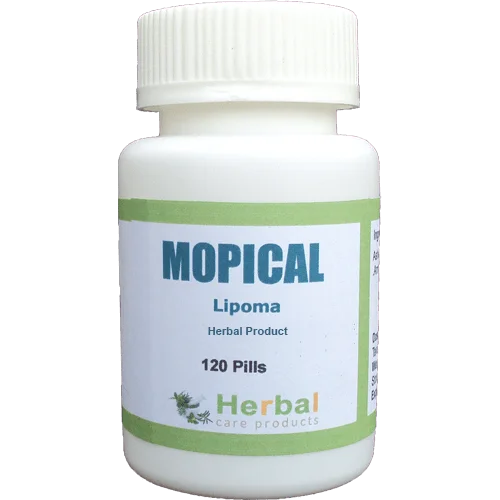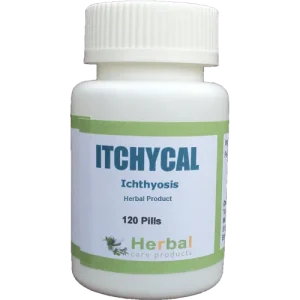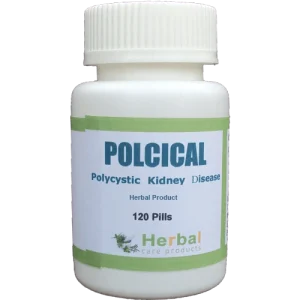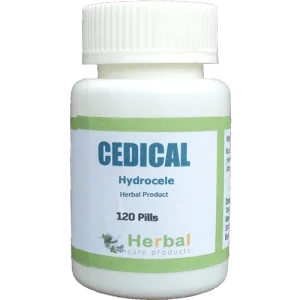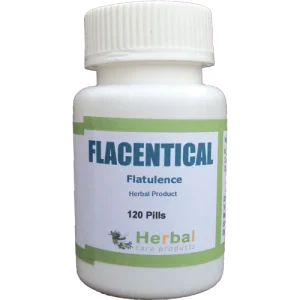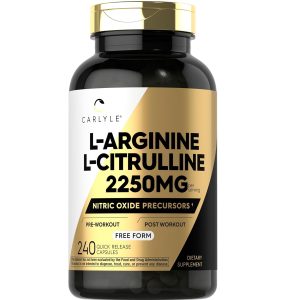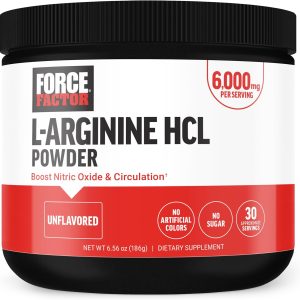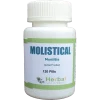Herbal Supplement For Lipoma
Herbal Supplement for Lipoma is made of natural ingredients that are completely safe without any side effects and also provide a very effective treatment for Lipoma. Lipoma Removal Supplement gives an effective recovery and there is no need to go in for surgery in Lipoma cases. With the use of properly selected herbal treatments and herbal supplements, not only are the Lipoma dissolved, but the body’s tendency to Lipoma formation is diminished from its root. Some Herbal Remedies for Lipoma have known to be very effective with fat deposits.
When you use Herbal Remedies for Lipoma, their effect is generally slow but steady. So, you need to have a lot of patience to see the results. Use the home Herbal Remedies for Lipoma atleast for a month and if it does not seem to work then try some other Herbal Treatment for Lipoma from the suggested ones as per suitability. It’s not that home remedies won’t work. They might just work for you if you keep calm and use them for a long duration of time. There are stories where Herbal Remedies for Lipoma have been effective in treating lipoma. They do not have side effects, so you may as well try them out. Herbal Treatment for Lipoma helps in providing relief from pain and also dissolving the Lipoma.
Herbal supplements that are great help in Herbal Treatment for Lipoma abnormal growth originating anywhere in the body. It possesses a powerful ability to help in the complete dissipation of fatty accumulations. If a person with Lipomas has high blood cholesterol levels, the use of “MOPICAL” is very beneficial in Remove Lipoma naturally. Herbal Treatment for Lipoma may help to improve or avoid one in the first place. Herbal supplements for lipoma are made of natural substances that are completely safe without any side effects and also provide a very effective Herbal Treatment for Lipoma. Herbal Supplement for Lipoma great help in treating abnormal growth originating anywhere in the body.
MOPICAL is one of the best effective natural herbal supplements for natural Herbal Treatment for Lipoma. Lipoma Removal Supplement is made with natural herbal ingredients that can prove extremely helpful in treating Lipomas. MOPICAL is a powerful supplement like to treat Lipoma. This herbal product is beneficial when the Lipoma is painful. The pain may worsen on touching the lump. Here, our product will help in providing relief from pain and also Remove the Lipoma. Herbal Treatment for Lipoma that can prove extremely helpful in treating Lipomas.
Why Mopical For Lipoma?
- Made of 100% natural herbs
- Comes with a money back guarantee
- Reduces growths under the skin
- Regulates the flow of blood
Benefits Of MOPICAL For Lipoma
Herbal Supplement for Lipoma is excellent way of treat this condition naturally. Benefits of MOPICAL for Lipoma consist of:
- It helps to protect your skin and reduce inflammation
- Its works to eliminate toxins from the body by stimulating and strengthening the digestive system and purifying the liver
- Its help regulate blood sugar and fatty tissue, so it works great as a base
- It can aid lessen the size of the lipoma
- It use to dissolve lipoma or at least minimize the growth
- This product will help fatty deposits under your skin to disappear
When Should You Take It?
You should start taking Mopical for Lipoma as soon as you:
- Feel a lump anywhere on your skin
- You feel painless growths occurring in the armpits, neck, shoulders, back or abdomen
- It comes painful or tender
- It becomes infected or inflamed repeatedly
- This product drains foul-smelling discharge
- It interferes with movement or function
- Lipoma increases in size
- It becomes unsightly or bothersome
Usage Directions
- Take two Mopical tablets per day strictly after breakfast
- Have proper breakfast everyday
- Don’t sleep empty stomach
- Don’t deviate from the mentioned time
- Take strictly after the meal and don’t attempt without breakfast
- Take it with water at room temperature or slightly warm milk
- Avoid taking the product with cold drinks
Ingredients
Ashwagandha, Liliaceae, Gum Benjamin, Ammonium Chloride and Myrobalan

